For these students, this experience goes far beyond simply riding a horse. It is carefully designed to support physical development, emotional regulation, cognitive and social learning, connection with nature, and the building of confidence and trust.
At Riding for Development, I have learned how to lead a horse
Physical Development and Emotional Regulation
For Cooper and Muskaan especially, the programme offers opportunities that directly support their physical growth. Horse riding strengthens balance, core stability, and coordination. For both of these students, who find many gross and fine motor body movements challenging, activities such as throwing hoops, catching balls, or using a net to pick up objects from the ground, extend the physical benefits even further by developing flexibility, gross and fine motor skills, and hand–eye coordination.
From an emotional regulation perspective, the natural rocking motion of the pony provides a calming rhythm that helps with self-regulation. Muskaan’s first time on a horse left everyone present convinced of the emotional regulation riding offers to students on the autistic spectrum. Due to her autism, Muskaan often finds new experiences disconcerting and confusing, so getting her on her assigned pony, Hekkla, was a little difficult.
Once mounted, however, the handlers immediately walked Hekkla on, and Muskaan’s whole body relaxed. In addition to the emotional regulation induced by movement, there is also that which comes from stroking an animal. There is an overwhelming body of evidence confirming that stroking or patting animals, such as dogs, cats, and horses, reduces cortisol levels and increases oxytocin levels in the body, thereby decreasing anxiety and enhancing a sense of calm and well-being.
Cognitive and Social Learning
The structure of the sessions reinforces key learning behaviours. For each student, responding to requests such as “Can you lead your pony through the flags and stop by the orange cone?” or “Can you throw the yellow hoops onto the tree?” encourages listening, thinking, sequencing, and independence. Success is experienced through small, achievable challenges, building confidence, and engagement. Fun is at the heart of each session, and the atmosphere is always cheerful.
The weekly visits also provide students with high-interest content to weave into learning areas such as literacy. Cooper and Te Ariki frequently talk and write about their experiences with their respective ponies. Muskaan often locates the ‘horse riding’ image on her coreboard and refers to previous shared writing where her teacher or teacher aide has written a story about her sessions, accompanied by a photograph. This is what educators regard as real, rich and relevant learning for students.
Connection with Nature
The riding route includes a sensory garden that deepens connection with the natural world. This environment is rich with textures, colours, and hidden discoveries. The native trees and shrubs include those of varying leaf textures, from smooth and flat to short and prickly. These trees are particularly important and calming for Muskaan. Students with autism often have a special interest, and for Muskaan, trees are particularly fascinating. In addition to plant life, a pond containing goldfish that Cooper and Te Ariki enjoy spotting adds to the beauty and calming atmosphere of the garden. Varying terrain, including large, broad steps and changes of surface, helps student adapt their body position to maintain balance while enjoying the beauty of their surroundings.
Trust and Relationship Building
For Te Ariki, the focus of his sessions lies in groundwork, where he takes full responsibility for guiding and leading his pony, Boy. These experiences highlight the importance of connection and trust. Those with experience around horses know that even the smallest pony cannot be moved effectively or safely by force; horses that don’t trust or are fearful of their handler are unlikely to respond to coercion productively. The sense of self-worth and accomplishment experienced by a student when a 400kg animal is following their lead willingly and calmly is impossible to recreate. Te Ariki understands that Boy follows him because Boy feels safe. This relationship-based learning fosters patience, empathy, and confidence, while still incorporating familiar exercises such as navigating obstacles, hoop throwing, and time in the sensory garden.
The experiences of students at Riding for Development demonstrate the value of learning opportunities that extend beyond the classroom. It provides opportunities for growth in multiple areas: physical, emotional, cognitive and social. It helps students experience in concrete ways the importance of persistence, responsibility, empathy, kindness and the joy that comes from connecting with animals and nature. For Cooper, Muskaan, and Te Ariki, being with the horses is not just an activity; it gives them an opportunity to develop skills, confidence, and trust that will carry into all aspects of their lives.
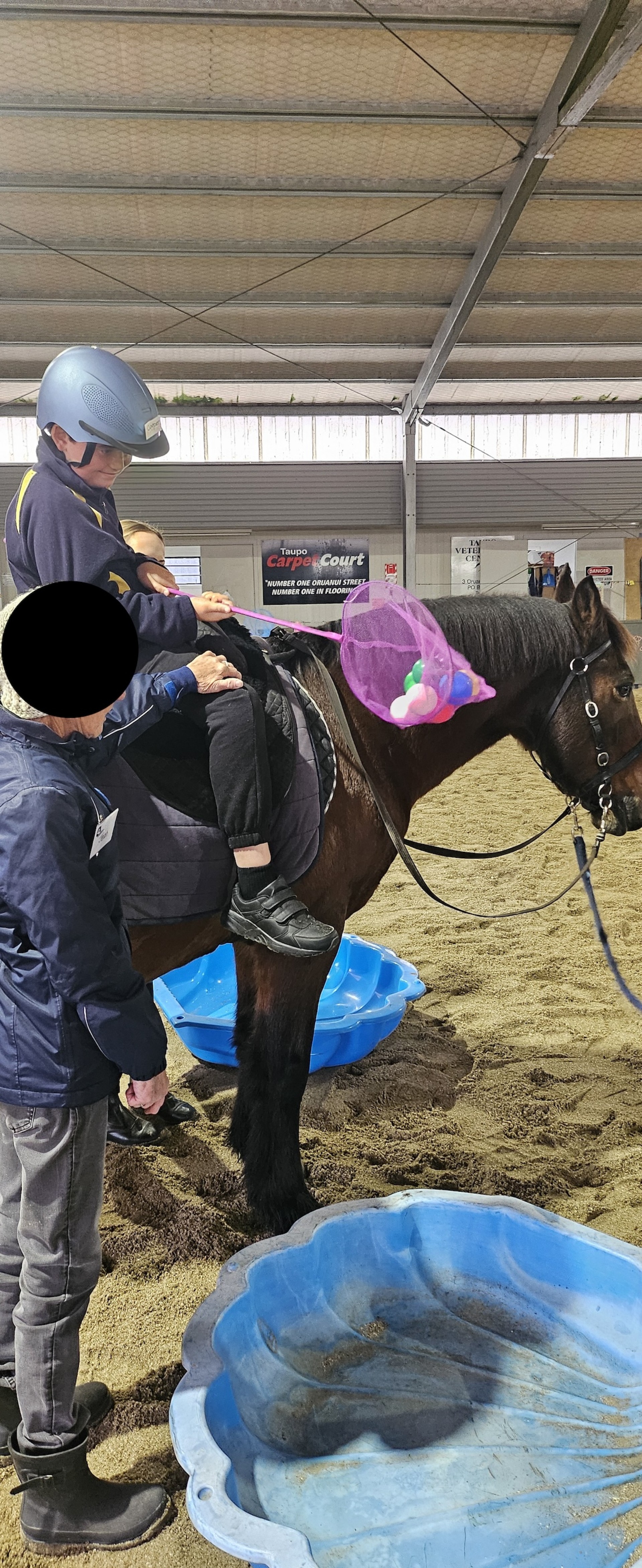
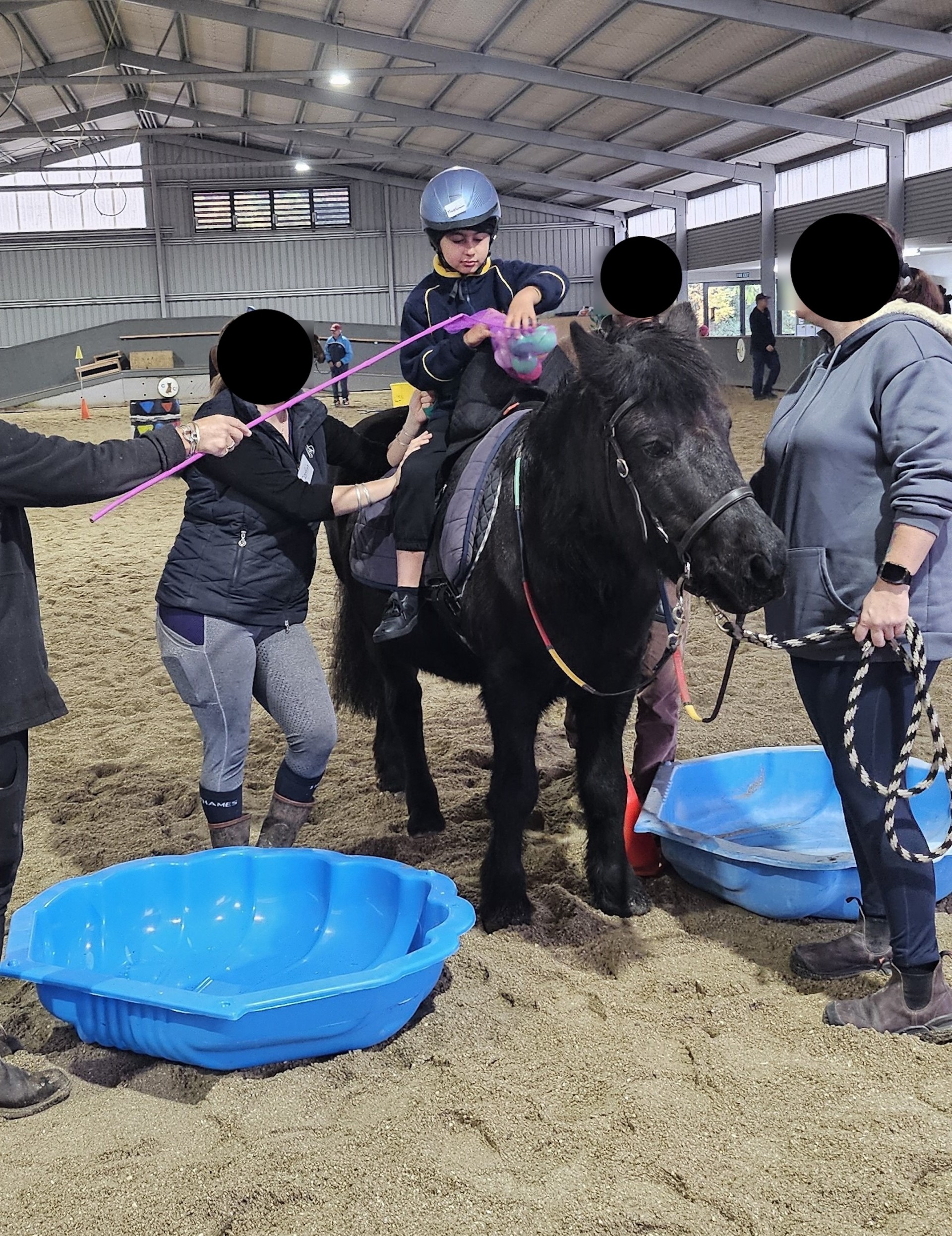
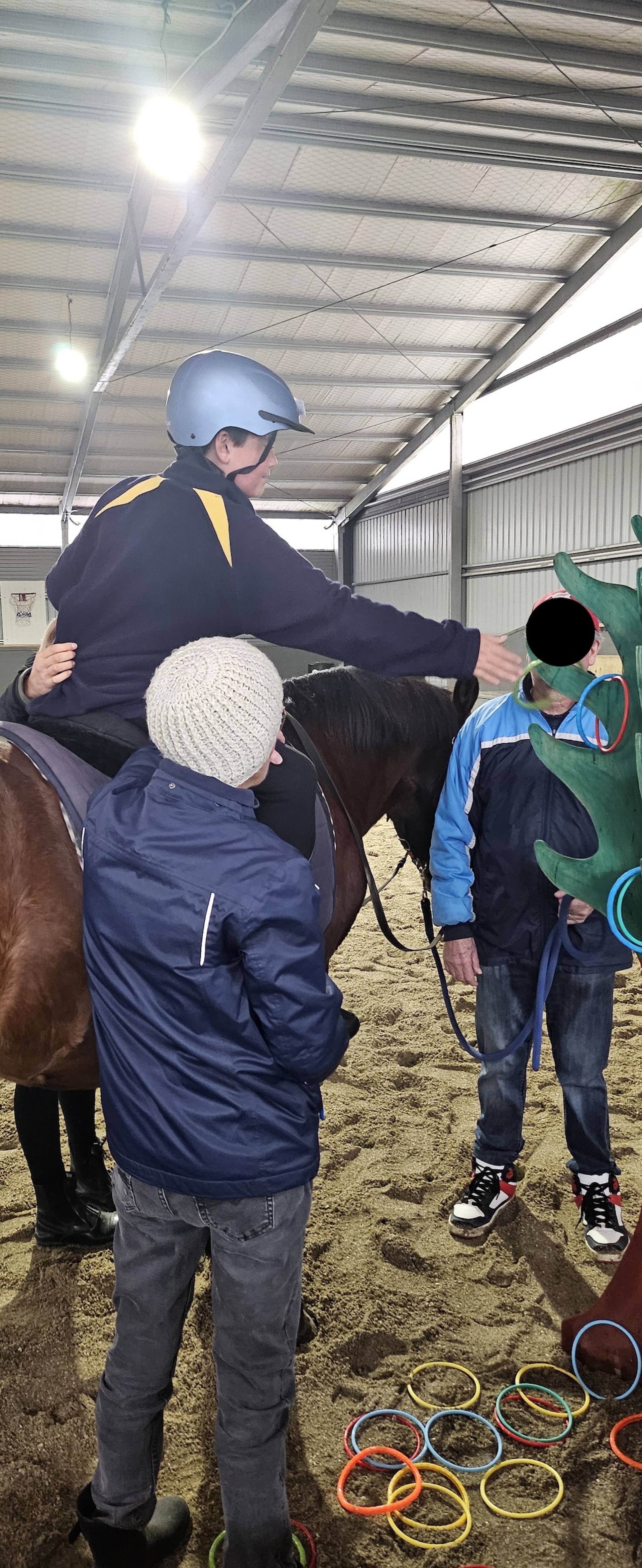
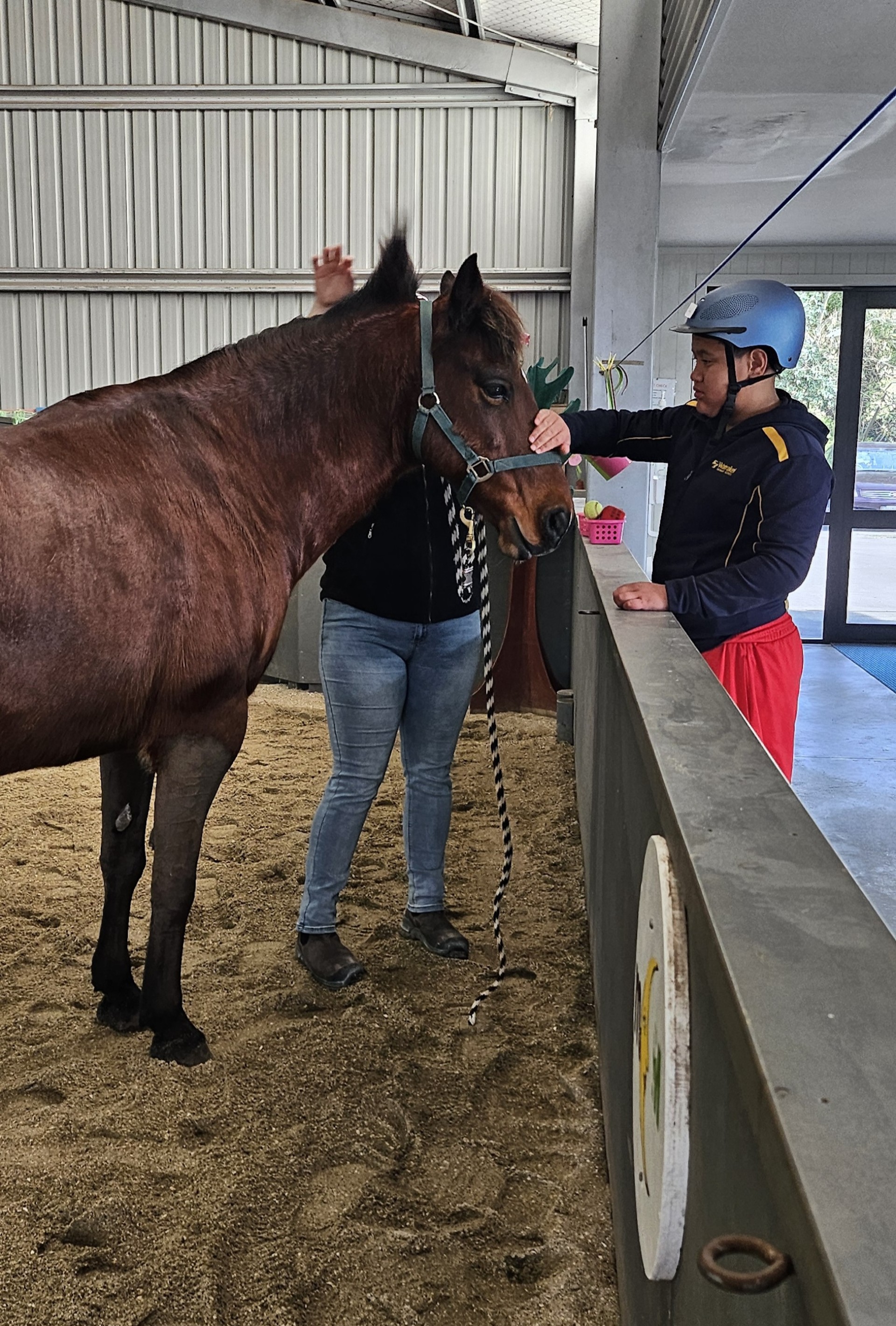
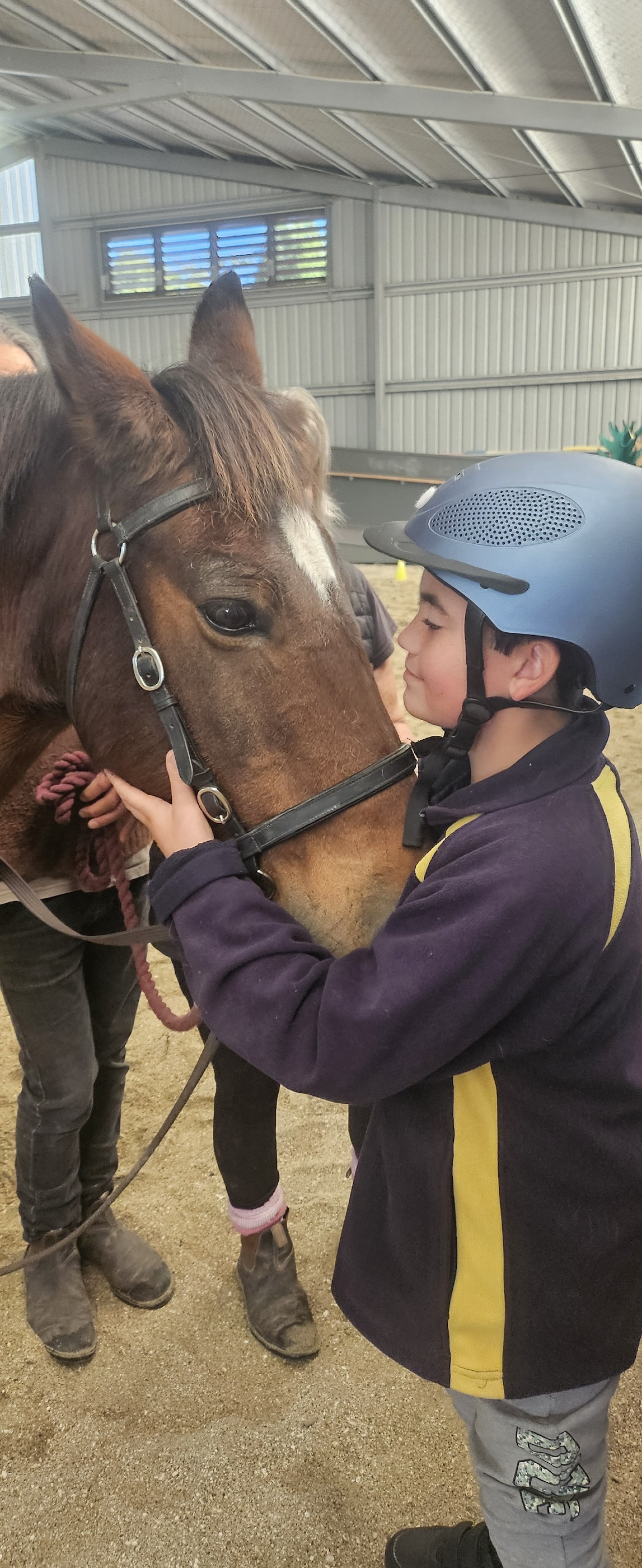
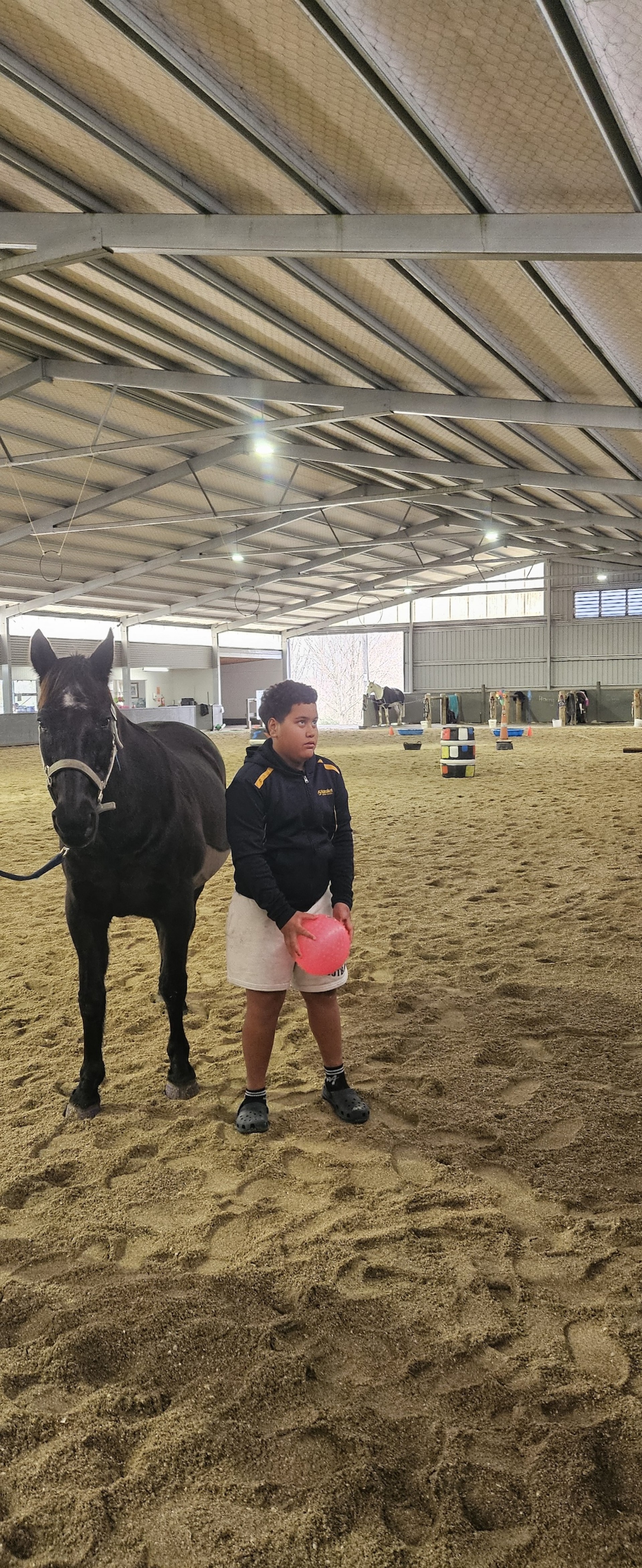
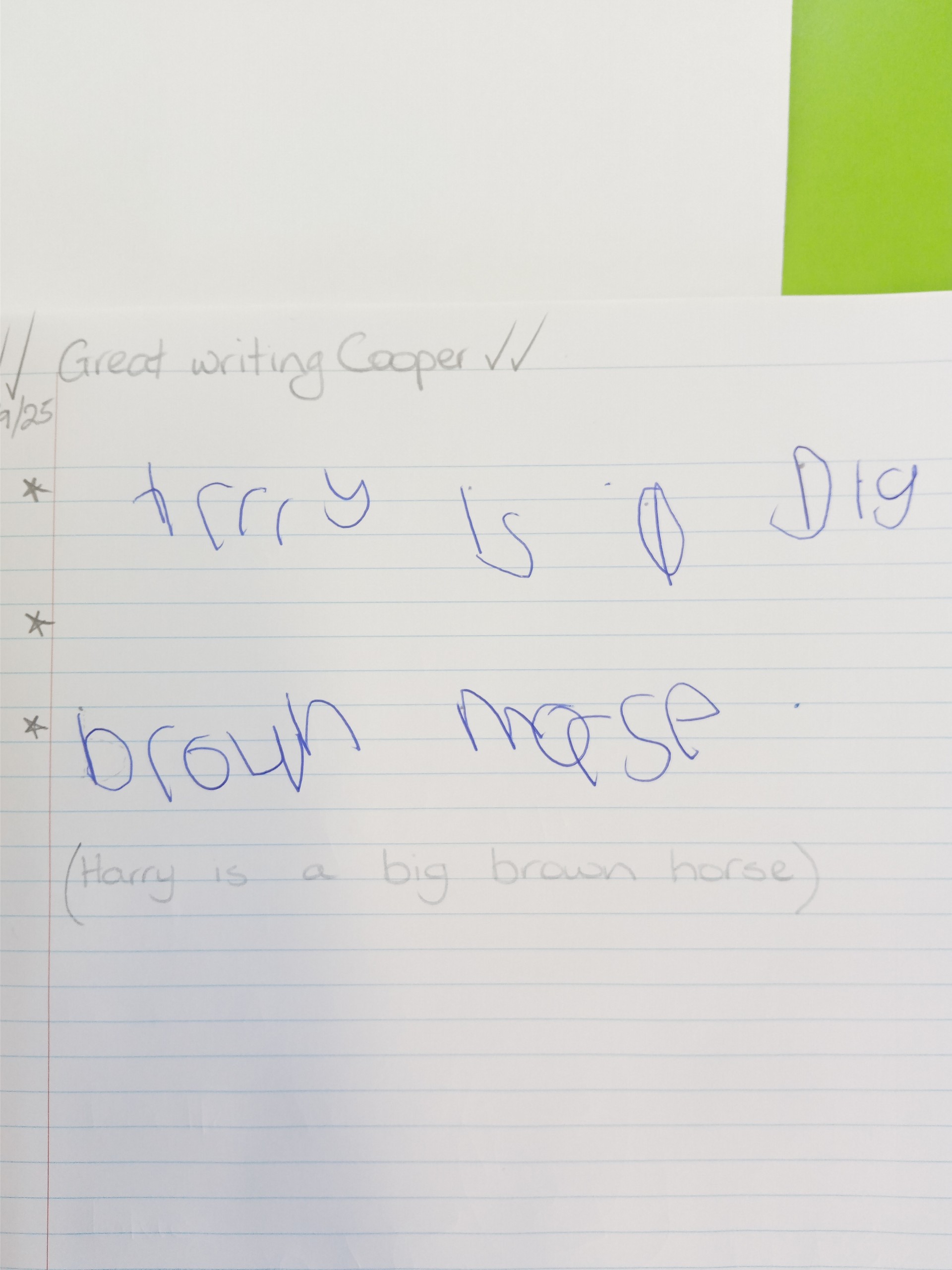
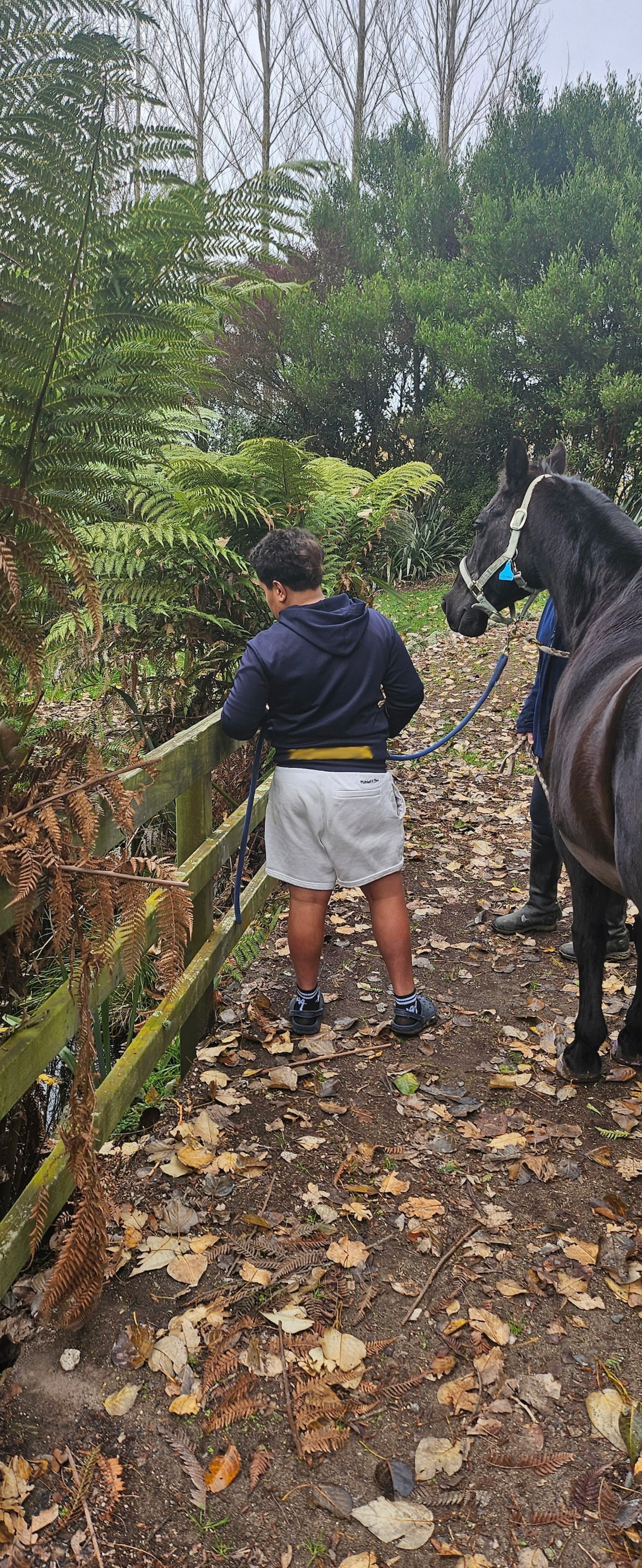
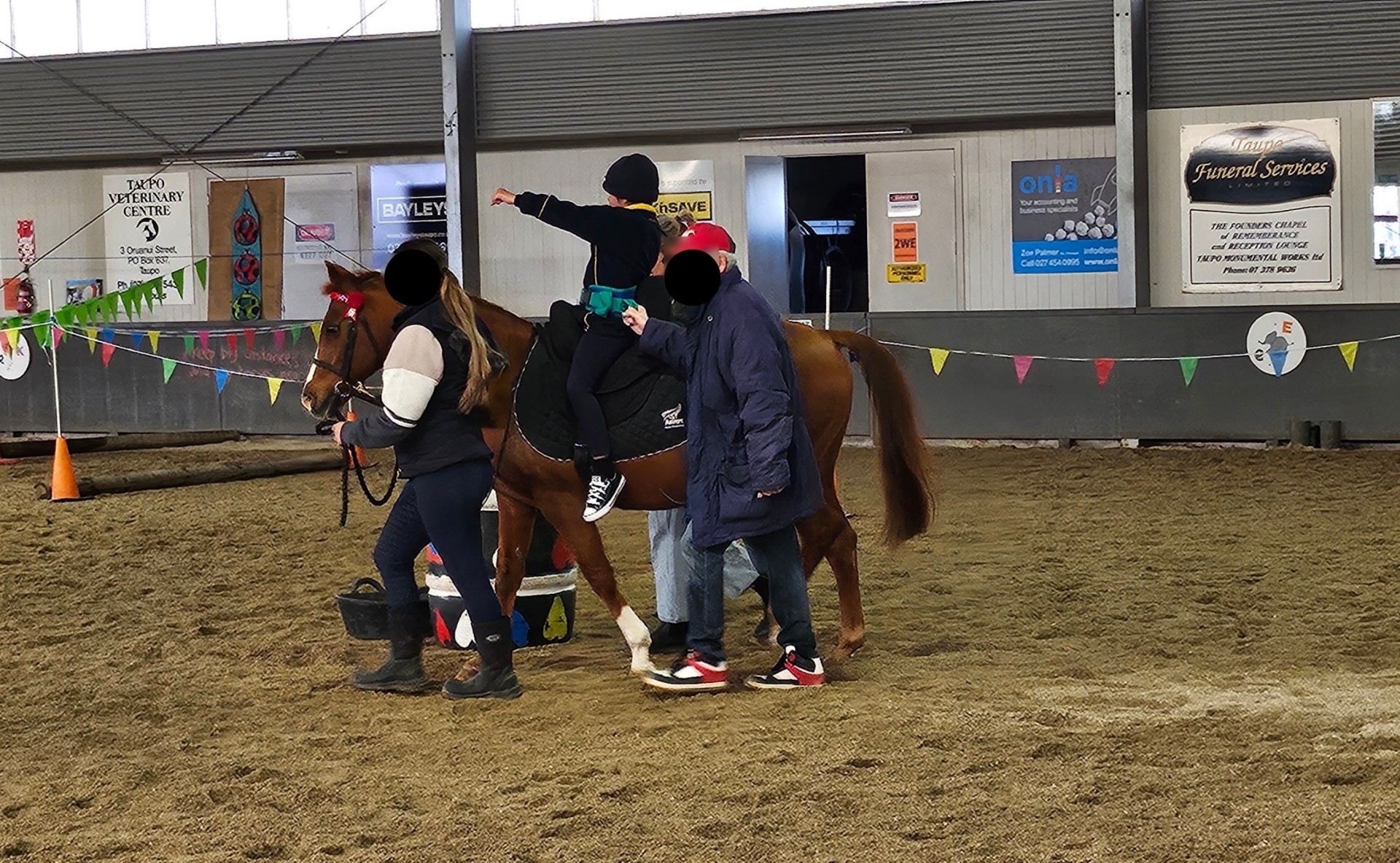
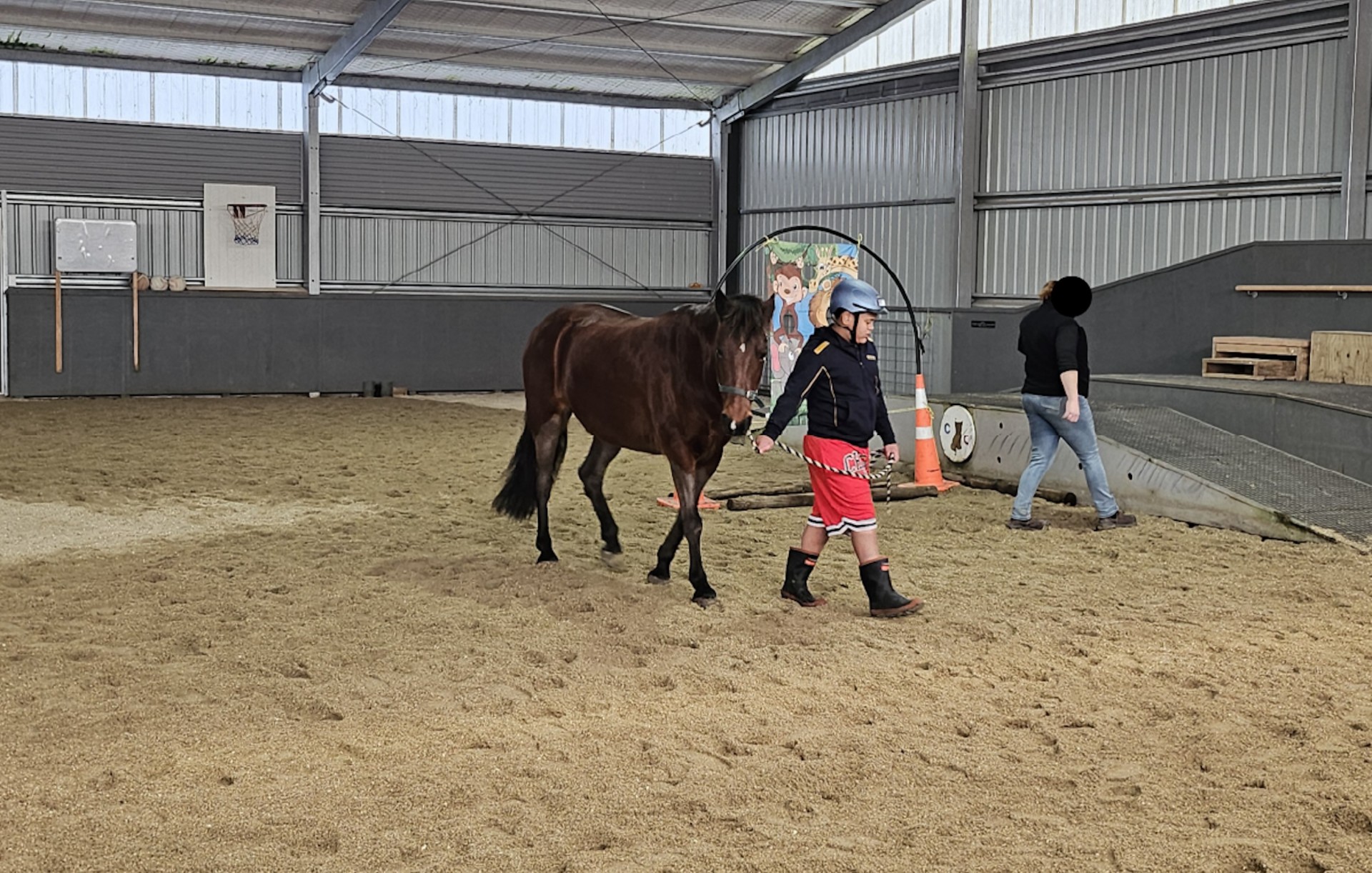

Comments
No one has commented on this post yet.